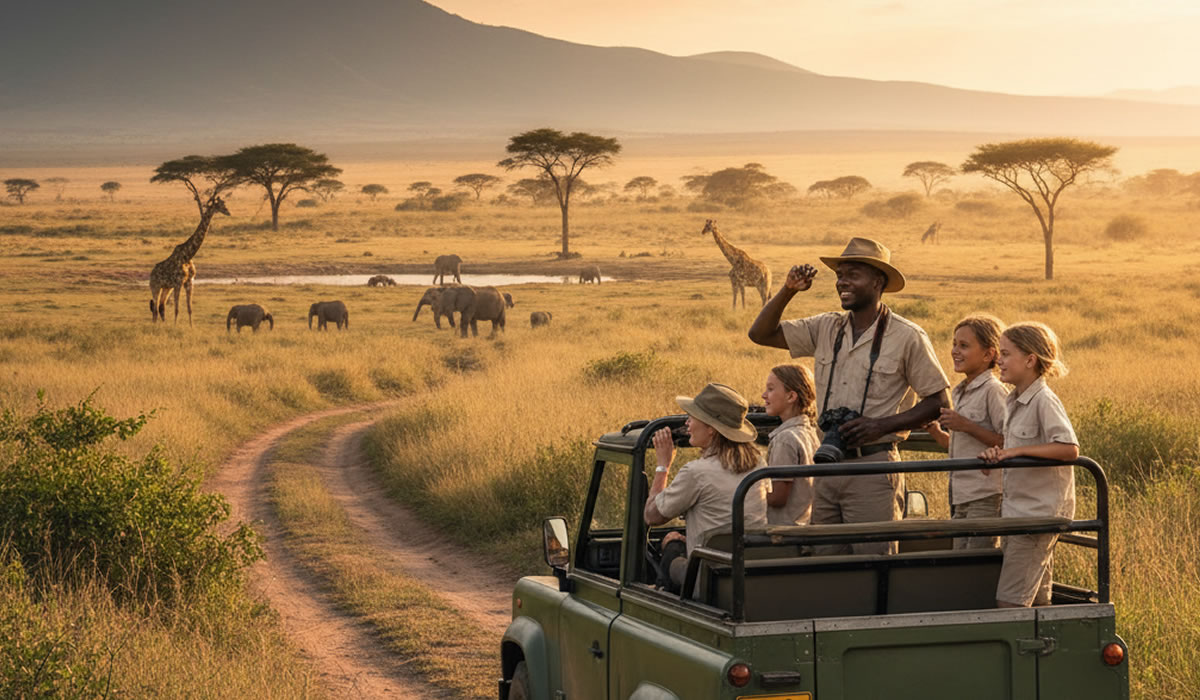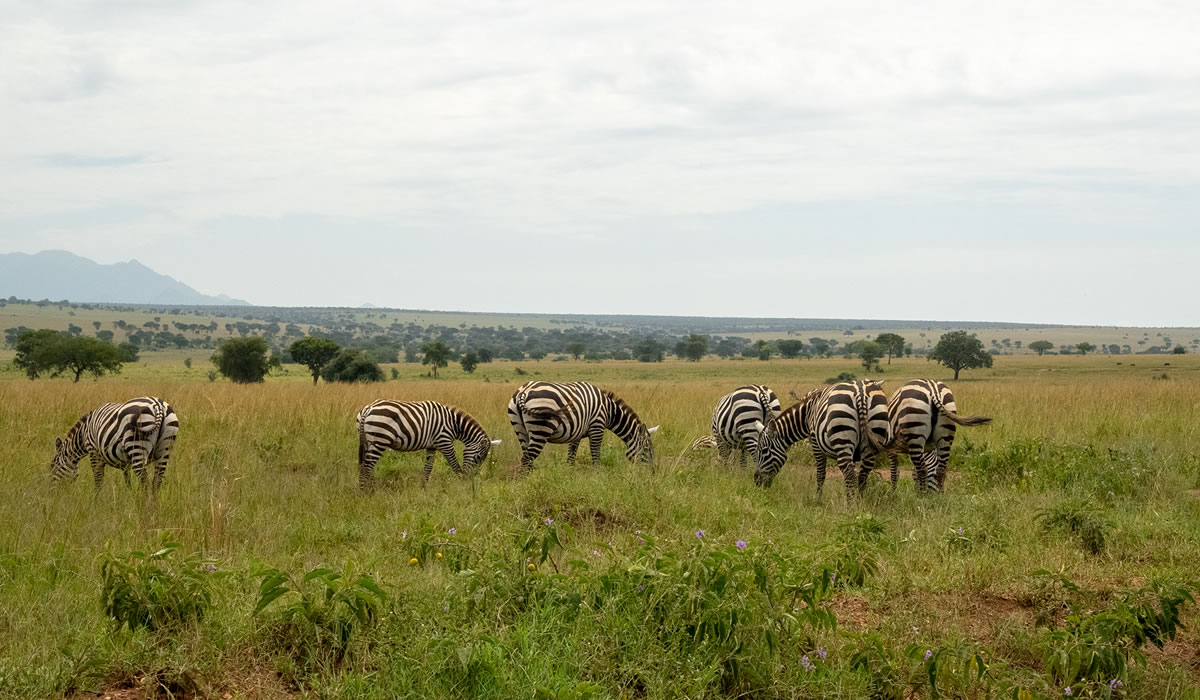Uganda, famously known as the Pearl of Africa, is a vibrant destination offering rich wildlife,…

Exploring the Wonders of Kampala City
Kampala, the vibrant capital of Uganda, is the heartbeat of the Pearl of Africa. Perched on rolling hills near the northern shores of Lake Victoria, this bustling city perfectly blends tradition, modernity, and hospitality. Kampala is not only Uganda’s commercial and political hub but also its cultural and entertainment capital. From historical landmarks and religious sites to lively markets and a thriving nightlife, Kampala offers endless opportunities for discovery. For tourists looking to experience the spirit of Uganda, exploring the wonders of Kampala City provides a captivating introduction to the country’s history, people, and way of life.
The History and Character of Kampala City
Kampala’s history dates back to the 19th century when it was established as the capital of the Buganda Kingdom. The city derived its name from “Akasozi K’empala,” a Luganda phrase meaning “the hill of antelopes,” referring to the impalas that once roamed its hills. Originally built on seven hills Mengo, Rubaga, Namirembe, Makerere, Nakasero, Kibuli, and Old Kampala the city has since expanded to cover more than twenty hills, each with its own distinct character and charm.
Modern Kampala reflects a mix of influences, blending Buganda traditions, colonial heritage, and modern African urban life. It is a city of contrasts, where glass skyscrapers rise above historical temples and colorful street markets. The people of Kampala, known for their warmth and friendliness, embody the hospitality that Uganda is famous for. This welcoming atmosphere, combined with the city’s rich culture and lively rhythm, makes Kampala one of East Africa’s most fascinating destinations for tourists.
Historical and Cultural Attractions
Kampala is a city steeped in history, with landmarks that tell the story of Uganda’s cultural and political evolution.
Kasubi Tombs
The Kasubi Tombs, a UNESCO World Heritage Site, are among Kampala’s most important cultural landmarks. They serve as the burial grounds for Buganda kings and are a symbol of the kingdom’s spiritual and historical heritage. Built using traditional materials like reeds, thatch, and wood, the tombs showcase the architectural brilliance of the Buganda people. Visitors can explore the site with local guides who explain its deep cultural significance and the customs of the Buganda Kingdom.
Kabaka’s Palace (Lubiri Mengo)
Located on Mengo Hill, the Kabaka’s Palace is the official residence of the King of Buganda, known as the Kabaka. The palace holds great historical importance and offers insight into Buganda’s monarchy and Uganda’s pre-independence history. Nearby is the Idi Amin Torture Chambers, a somber reminder of the country’s turbulent past during the 1970s. This site provides tourists with a reflective look at Uganda’s journey toward peace and resilience.
Uganda Museum
For those eager to learn more about Uganda’s rich history, the Uganda Museum in Kamwokya is a must-visit. Established in 1908, it is the oldest museum in East Africa. Its exhibits range from ethnographic displays of traditional tools, musical instruments, and crafts to sections dedicated to archaeology, natural history, and paleontology. The museum’s outdoor village section also features traditional huts representing Uganda’s diverse cultures.
Religious Landmarks and Spiritual Diversity
Kampala is known for its religious diversity and harmony. The city is home to significant religious sites that attract both worshippers and tourists.
Namirembe and Rubaga Cathedrals
Namirembe Cathedral, also known as St. Paul’s Cathedral, stands on Namirembe Hill and serves as the oldest Anglican cathedral in Uganda. Its location offers panoramic views of the city, and the cathedral’s simple yet elegant architecture makes it a peaceful retreat. Not far away, Rubaga Cathedral—officially St. Mary’s Cathedral Rubaga—is the seat of the Roman Catholic Archdiocese of Kampala. The twin-towered church, built in the early 20th century, features stunning stained-glass windows and beautifully maintained gardens.
Gaddafi National Mosque
Dominating the skyline of Old Kampala Hill, the Gaddafi National Mosque is one of the most iconic landmarks in the city. It is the largest mosque in Uganda and can accommodate up to 15,000 worshippers. The mosque was commissioned by former Libyan leader Muammar Gaddafi as a gift to Uganda. Tourists are welcome to explore the mosque, and climbing its minaret provides a breathtaking 360-degree view of Kampala’s hills and neighborhoods.
Bahá’í Temple
Kampala is home to the only Bahá’í Temple in Africa, located on Kikaya Hill. The temple’s unique dome-shaped structure and tranquil gardens make it a peaceful sanctuary away from the city’s bustle. The surrounding grounds are beautifully landscaped, offering serene spots for meditation and relaxation.
Markets and Local Life
Exploring Kampala’s markets is one of the best ways for tourists to experience the daily life and culture of the city.
Owino Market (St. Balikuddembe Market)
Owino Market, located near the city center, is one of the largest open-air markets in East Africa. It is a bustling maze of stalls selling everything from clothing and shoes to fresh produce and electronics. The market’s energy and chaos are a fascinating sight, and for tourists seeking souvenirs, local crafts, and traditional fabrics, it is an ideal stop. Bargaining is part of the experience, and interacting with the vendors gives a genuine glimpse into Kampala’s vibrant community life.
Nakasero Market
For a slightly calmer shopping experience, Nakasero Market offers a colorful display of Uganda’s agricultural bounty. Here, tourists can find fresh fruits, vegetables, spices, and flowers. The upper section of the market also sells crafts, jewelry, and household goods. The market’s central location near Nakasero Hill makes it convenient for visitors exploring nearby attractions and hotels.
Entertainment and Nightlife
Kampala is known for its lively nightlife and entertainment scene. As the sun sets, the city transforms into a hub of music, food, and social activity.
Popular nightlife areas include Kololo, Kabalagala, and Bugolobi, where tourists can find bars, lounges, and nightclubs that play a mix of Afrobeat, reggae, and international hits. Live music is a big part of Kampala’s entertainment culture, with venues like Ndere Cultural Centre showcasing traditional Ugandan dances and performances. For those who prefer a relaxed evening, rooftop restaurants and lakeside bars offer scenic views and delicious cuisine.
The city’s culinary scene is equally diverse, featuring everything from traditional Ugandan dishes like matoke and luwombo to international cuisine. Street food is also a big part of the local experience sampling a Rolex (a rolled chapati with eggs and vegetables) is a must for any visitor.
Nature and Outdoor Activities
Despite its urban character, Kampala offers several green spaces and outdoor attractions.
Uganda Wildlife Education Centre (Entebbe Zoo)
While technically located in Entebbe, just a short drive from Kampala, the Uganda Wildlife Education Centre provides an opportunity to see Uganda’s wildlife in a controlled environment. It is home to rescued animals such as lions, chimpanzees, and giraffes, and focuses on education and conservation.
Kabaka’s Lake
Kabaka’s Lake, located near Mengo Hill, is the largest man-made lake in Uganda. It was constructed in the late 19th century by the Buganda Kingdom. The lake is a peaceful spot for birdwatching and photography, and it offers insight into the historical engineering and cultural achievements of the Buganda people.
Lake Victoria Excursions
Tourists can also enjoy boat rides and excursions on Lake Victoria, the largest lake in Africa. Several resorts and beaches on the lake’s outskirts provide relaxation, water sports, and scenic views.
Museums, Art, and Culture
Kampala’s art and culture scene has grown rapidly, reflecting the city’s creative spirit. The Afriart Gallery and Nommo Gallery display contemporary works by Ugandan and African artists. Street art and murals are becoming common, adding color and identity to urban spaces.
The Ndere Cultural Centre is one of the best places to experience traditional Ugandan music, dance, and storytelling. Weekly performances highlight the cultural diversity of Uganda’s many ethnic groups, offering tourists an engaging and educational evening.
Transportation and Getting Around
Kampala’s transport network is busy but manageable with a little patience. Boda bodas (motorcycle taxis) are the quickest way to navigate the city’s traffic, while special hire taxis and ride-hailing apps like Bolt and Uber provide safer and more comfortable options. For those exploring beyond the city, private tour companies offer guided trips to nearby attractions like Entebbe, the Mabira Forest, and the Source of the Nile in Jinja.
Exploring the wonders of Kampala City is an unforgettable experience that captures the essence of Uganda. The city’s blend of history, culture, modernity, and friendliness creates an atmosphere that is both exciting and welcoming. From ancient royal tombs and majestic cathedrals to lively markets and pulsating nightlife, Kampala offers something for every type of tourist.
More than just a stopover before heading to Uganda’s national parks, Kampala is a destination in its own right a city that reflects the soul of the nation. Whether you’re walking through its historic hills, enjoying local cuisine, or watching the sunset over Lake Victoria, Kampala will leave you with memories of color, rhythm, and warmth that truly define the Pearl of Africa.




